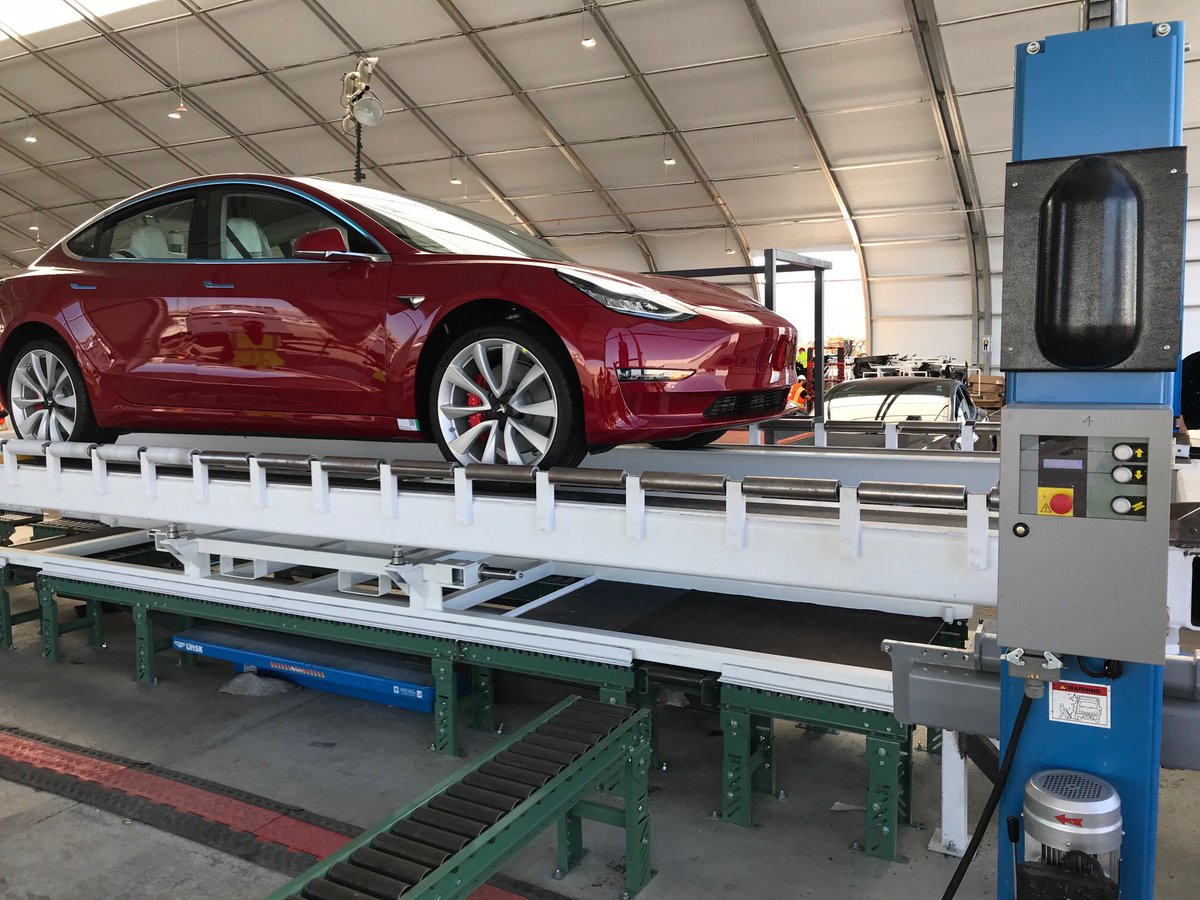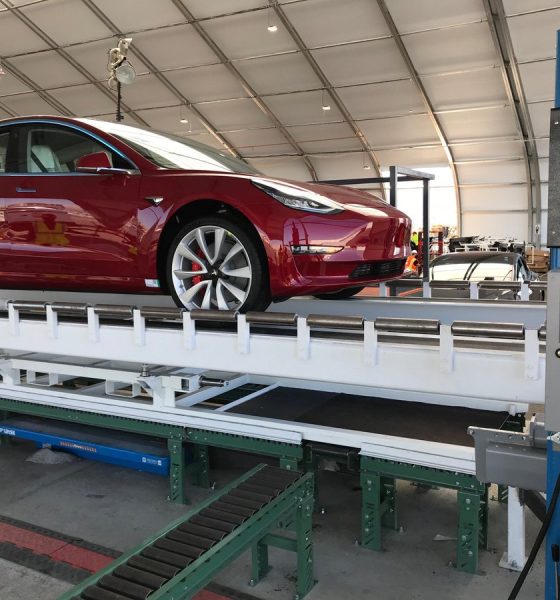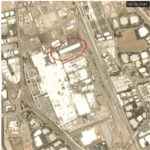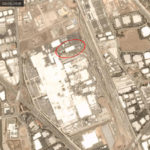

Investor's Corner
Elon Musk reveals first Tesla Model 3 Performance in new assembly line at Fremont
Elon Musk has announced that the first Model 3 Performance Dual Motor has rolled off Tesla’s new assembly line. Musk’s update comes roughly a month after Tesla opened orders for the high-performance version of the compact electric car.
The Model 3 Performance was initially expected for July. In a series of tweets back in April, Musk stated that the Performance and the Dual Motor AWD variant of the vehicle would likely be introduced in July. The popular white seats option — another highly-anticipated feature for the Model 3 — was teased for a July release as well. According to Musk’s tweet, however, the Tesla team was able to set up a new Model 3 assembly line in just three weeks with “minimal resources.”
Amazing work by Tesla team. Built entire new general assembly line in 3 weeks w minimal resources. Love u guys so much! Pic of 1st Model 3 dual motor performance coming off the line … pic.twitter.com/Xr55P3fmGd
— Elon Musk (@elonmusk) June 16, 2018
Part of the mystery behind the Model 3 Performance’s production line is exactly where general assembly of the vehicle is being conducted. While not yet officially announced, the tent-like structure at the background of the Model 3 Performance in Musk’s tweet seems to directly correspond to a seemingly growing structure that was spotted in satellite images of the Fremont factory over the past few weeks. The progress in the structure’s construction could be seen in the following pictures from Building Tesla.
- A satellite image of Tesla’s Fremont factory as of June 16, 2018. [Credit: Building Tesla]
- A satellite image of Tesla’s Fremont factory as of June 3, 2018. [Credit: Building Tesla]
The fact that Tesla is already starting the production of the Model 3 Performance bodes well for the company’s capability to manufacture the compact electric car in volume. Musk, after all, has previously noted on Twitter that Tesla would only start manufacturing the Model 3 Performance and the Dual Motor AWD variant once the company is already producing the electric cars at a pace equivalent to 5,000 vehicles per week. Back in the 2018 Annual Shareholder Meeting, Musk announced that Tesla is producing 500 Model 3 per day, or 3,500 Model 3 per week. A recently-leaked email from Elon Musk, however, suggested that the company is now targeting a pace of 700 Model 3 per day, which equates to 4,900 vehicles per week, just 100 cars shy of its goal of producing 5,000 Model 3 per week by the end of Q2 2018.
The Tesla Model 3 Performance is the top-tier variant of the compact electric car. Fitted with an AC induction motor in the front and a partial permanent magnet motor in the rear, the Model 3 Performance is capable of sprinting from 0-60 mph in just 3.5 seconds. The vehicle also has a top speed of 155 mph and a range of 310 miles per charge. The white seats option will also be available for the Model 3 Performance only, at least until Tesla fully optimizes its production line. The Model 3 Performance, with all options except Autopilot, is available for $78,000, making it a bit pricier than the Model S 75D, which starts at $74,500.
The Model 3 Performance is set to deliver formidable performance, however. According to Musk, the Model 3 Performance would be 15% faster than a BMW M3 on the track. Musk has also teased that there’s a chance that the high-performance variant of the Model 3 would see an even higher power output than initially announced.
Configuration emails for the Model 3 Performance are now rolling out to reservation holders. Musk has also announced that the Model 3 Performance will be designated as test drive vehicles in Tesla stores within the coming weeks.

Investor's Corner
Tesla stock closes at all-time high on heels of Robotaxi progress

Tesla stock (NASDAQ: TSLA) closed at an all-time high on Tuesday, jumping over 3 percent during the day and finishing at $489.88.
The price beats the previous record close, which was $479.86.
Shares have had a crazy year, dipping more than 40 percent from the start of the year. The stock then started to recover once again around late April, when its price started to climb back up from the low $200 level.
This week, Tesla started to climb toward its highest levels ever, as it was revealed on Sunday that the company was testing driverless Robotaxis in Austin. The spike in value pushed the company’s valuation to $1.63 trillion.
Tesla Robotaxi goes driverless as Musk confirms Safety Monitor removal testing
It is the seventh-most valuable company on the market currently, trailing Nvidia, Apple, Alphabet (Google), Microsoft, Amazon, and Meta.
Shares closed up $14.57 today, up over 3 percent.
The stock has gone through a lot this year, as previously mentioned. Shares tumbled in Q1 due to CEO Elon Musk’s involvement with the Department of Government Efficiency (DOGE), which pulled his attention away from his companies and left a major overhang on their valuations.
However, things started to rebound halfway through the year, and as the government started to phase out the $7,500 tax credit, demand spiked as consumers tried to take advantage of it.
Q3 deliveries were the highest in company history, and Tesla responded to the loss of the tax credit with the launch of the Model 3 and Model Y Standard.
Additionally, analysts have announced high expectations this week for the company on Wall Street as Robotaxi continues to be the focus. With autonomy within Tesla’s sights, things are moving in the direction of Robotaxi being a major catalyst for growth on the Street in the coming year.
Elon Musk
Tesla needs to come through on this one Robotaxi metric, analyst says
“We think the key focus from here will be how fast Tesla can scale driverless operations (including if Tesla’s approach to software/hardware allows it to scale significantly faster than competitors, as the company has argued), and on profitability.”

Tesla needs to come through on this one Robotaxi metric, Mark Delaney of Goldman Sachs says.
Tesla is in the process of rolling out its Robotaxi platform to areas outside of Austin and the California Bay Area. It has plans to launch in five additional cities, including Houston, Dallas, Miami, Las Vegas, and Phoenix.
However, the company’s expansion is not what the focus needs to be, according to Delaney. It’s the speed of deployment.
The analyst said:
“We think the key focus from here will be how fast Tesla can scale driverless operations (including if Tesla’s approach to software/hardware allows it to scale significantly faster than competitors, as the company has argued), and on profitability.”
Profitability will come as the Robotaxi fleet expands. Making that money will be dependent on when Tesla can initiate rides in more areas, giving more customers access to the program.
There are some additional things that the company needs to make happen ahead of the major Robotaxi expansion, one of those things is launching driverless rides in Austin, the first city in which it launched the program.
This week, Tesla started testing driverless Robotaxi rides in Austin, as two different Model Y units were spotted with no occupants, a huge step in the company’s plans for the ride-sharing platform.
Tesla Robotaxi goes driverless as Musk confirms Safety Monitor removal testing
CEO Elon Musk has been hoping to remove Safety Monitors from Robotaxis in Austin for several months, first mentioning the plan to have them out by the end of 2025 in September. He confirmed on Sunday that Tesla had officially removed vehicle occupants and started testing truly unsupervised rides.
Although Safety Monitors in Austin have been sitting in the passenger’s seat, they have still had the ability to override things in case of an emergency. After all, the ultimate goal was safety and avoiding any accidents or injuries.
Goldman Sachs reiterated its ‘Neutral’ rating and its $400 price target. Delaney said, “Tesla is making progress with its autonomous technology,” and recent developments make it evident that this is true.
Investor's Corner
Tesla gets bold Robotaxi prediction from Wall Street firm
Last week, Andrew Percoco took over Tesla analysis for Morgan Stanley from Adam Jonas, who covered the stock for years. Percoco seems to be less optimistic and bullish on Tesla shares, while still being fair and balanced in his analysis.

Tesla (NASDAQ: TSLA) received a bold Robotaxi prediction from Morgan Stanley, which anticipates a dramatic increase in the size of the company’s autonomous ride-hailing suite in the coming years.
Last week, Andrew Percoco took over Tesla analysis for Morgan Stanley from Adam Jonas, who covered the stock for years. Percoco seems to be less optimistic and bullish on Tesla shares, while still being fair and balanced in his analysis.
Percoco dug into the Robotaxi fleet and its expansion in the coming years in his latest note, released on Tuesday. The firm expects Tesla to increase the Robotaxi fleet size to 1,000 vehicles in 2026. However, that’s small-scale compared to what they expect from Tesla in a decade.
Tesla expands Robotaxi app access once again, this time on a global scale
By 2035, Morgan Stanley believes there will be one million Robotaxis on the road across multiple cities, a major jump and a considerable fleet size. We assume this means the fleet of vehicles Tesla will operate internally, and not including passenger-owned vehicles that could be added through software updates.
He also listed three specific catalysts that investors should pay attention to, as these will represent the company being on track to achieve its Robotaxi dreams:
- Opening Robotaxi to the public without a Safety Monitor. Timing is unclear, but it appears that Tesla is getting closer by the day.
- Improvement in safety metrics without the Safety Monitor. Tesla’s ability to improve its safety metrics as it scales miles driven without the Safety Monitor is imperative as it looks to scale in new states and cities in 2026.
- Cybercab start of production, targeted for April 2026. Tesla’s Cybercab is a purpose-built vehicle (no steering wheel or pedals, only two seats) that is expected to be produced through its state-of-the-art unboxed manufacturing process, offering further cost reductions and thus accelerating adoption over time.
Robotaxi stands to be one of Tesla’s most significant revenue contributors, especially as the company plans to continue expanding its ride-hailing service across the world in the coming years.
Its current deployment strategy is controlled and conservative to avoid any drastic and potentially program-ruining incidents.
So far, the program, which is active in Austin and the California Bay Area, has been widely successful.










